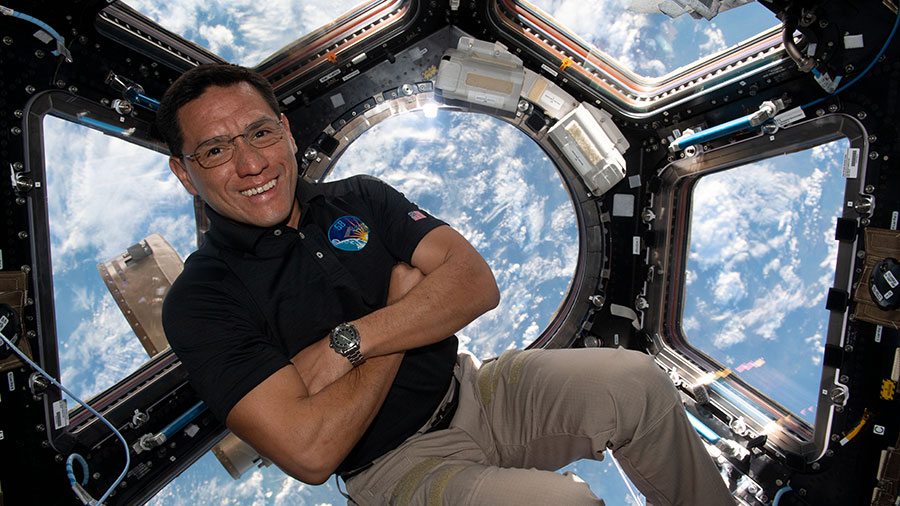Crew Trains for Next Cargo Mission, Picks Tomatoes, and Fixes New Toilet

The Expedition 68 crew kicked off the work week preparing for a U.S. cargo mission delivering new science experiments and unpacking a recently arrived resupply ship. The International Space Station residents also picked a tomato crop today while working on a new toilet.
Northrop Grumman’s Cygnus space freighter is targeting a launch to the space station at 5:50 a.m. EST on Sunday, Nov. 6. It will arrive for a robotic capture at 5:50 a.m. on Nov. 8, carrying about 8,200 pounds of research gear, crew supplies, and station hardware. Some of the experiments arriving inside Cygnus will explore 3D bioprinting of human tissue, the impact of microgravity on ovaries, and growing repeated generations of space crops.
NASA Flight Engineers Nicole Mann and Josh Cassada trained on a computer today to monitor Cygnus’ automated approach and rendezvous and practice its robotic capture. The duo will be inside the seven-window cupola when the science-packed vehicle nears a point about 30 feet (10 meters) from the station’s Unity module. Mann will then command the Canadarm2 robotic arm to reach out and capture Cygnus as Cassada backs her up. Controllers on the ground will then take over and remotely maneuver Cygnus and install it on Unity where it will stay for 11 weeks of cargo activities.
It was harvest day aboard the orbiting lab as astronaut Koichi Wakata picked a small crop of tomato plants grown inside the Columbus laboratory module. The tomatoes were grown without soil using hydroponic and aeroponic nourishing techniques for the XROOTS botany study. The experiment is demonstrating space agricultural methods to sustain crews on long term space flights farther away from Earth where resupply missions become impossible.
NASA Flight Engineer Frank Rubio worked in the Tranquility module servicing a new toilet system, part of the station’s Waste and Hygiene Compartment. The advanced microgravity plumbing work required Rubio to swap and inspect several components and sensors prior to returning the space toilet to operations. Meanwhile, the older toilet inside Tranquility is still in operation.
The ISS Progress 82 resupply ship is still being unpacked after its docking to the Poisk module on Oct. 27. Commander Sergey Prokopyev and Flight Engineer Dmitri Petelin offloaded a variety of lab hardware, crew clothing, and medical kits on Monday for organizing and stowing throughout the station. Flight Engineer Anna Kikina worked on video and computer maintenance then photographed plume monitoring sensors attached to the Poisk module.
Learn more about station activities by following the space station blog, @space_station and @ISS_Research on Twitter, as well as the ISS Facebook and ISS Instagram accounts.
Get weekly video highlights at: http://jscfeatures.jsc.nasa.gov/videoupdate/
Get the latest from NASA delivered every week. Subscribe here: www.nasa.gov/subscribe
from Space Station https://ift.tt/grzLuEo
Comments
Post a Comment